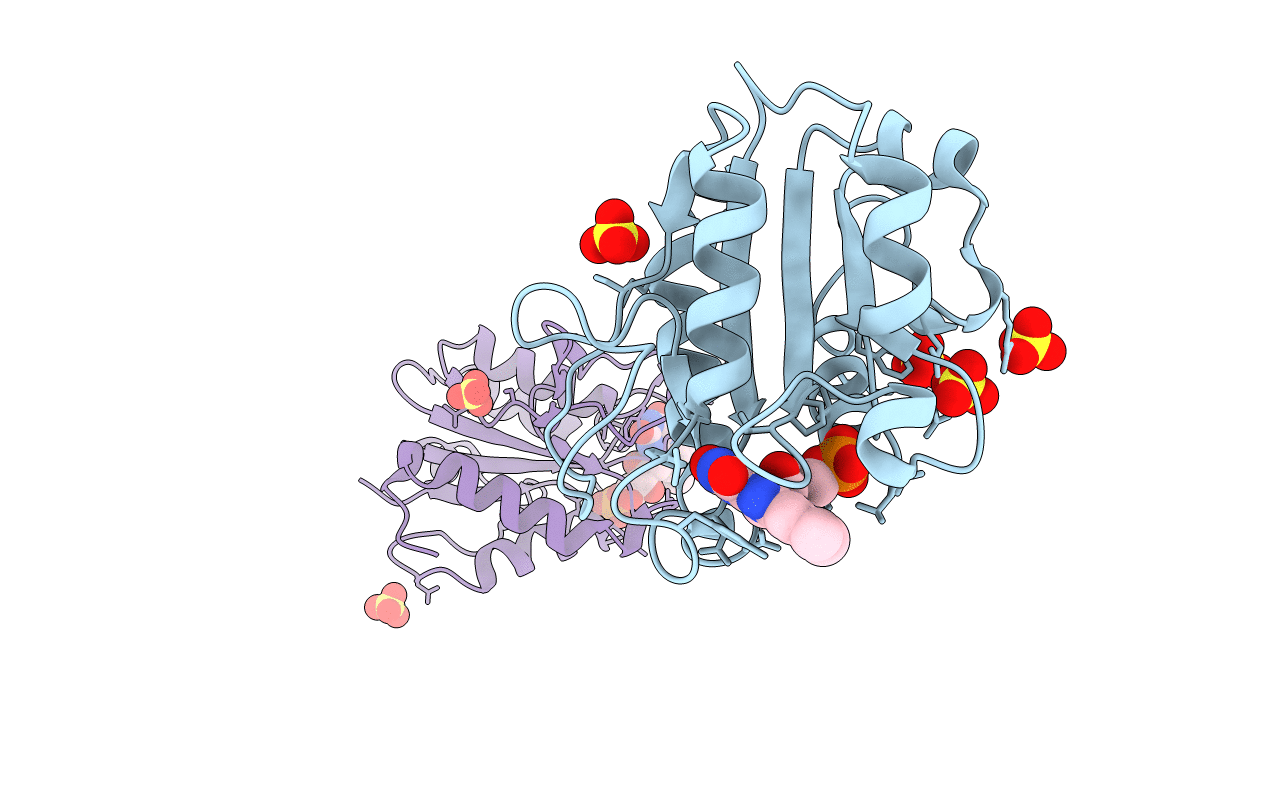
Deposition Date
2005-01-27
Release Date
2005-10-18
Last Version Date
2023-10-25
Entry Detail
Biological Source:
Source Organism:
Azotobacter vinelandii (Taxon ID: 354)
Host Organism:
Method Details:
Experimental Method:
Resolution:
2.25 Å
R-Value Free:
0.27
R-Value Work:
0.22
Space Group:
P 21 21 21


